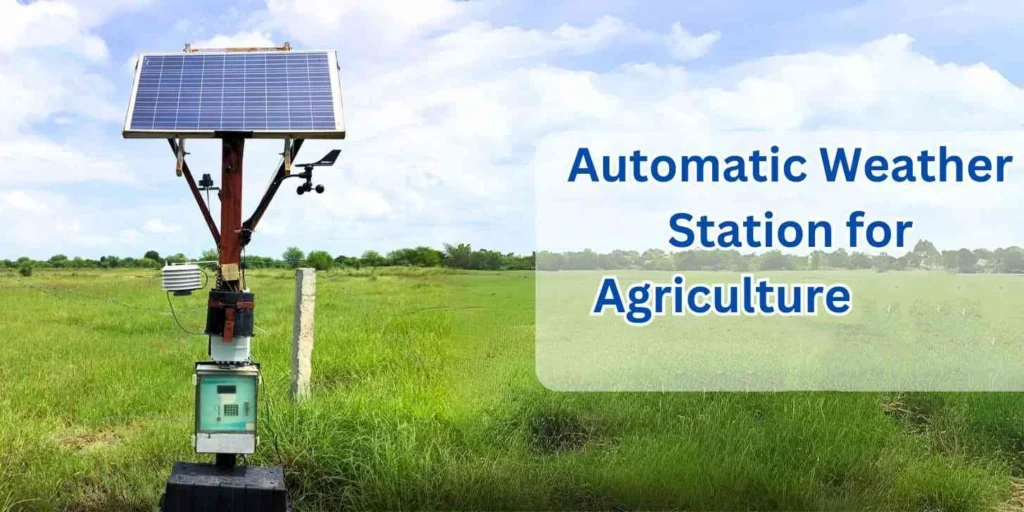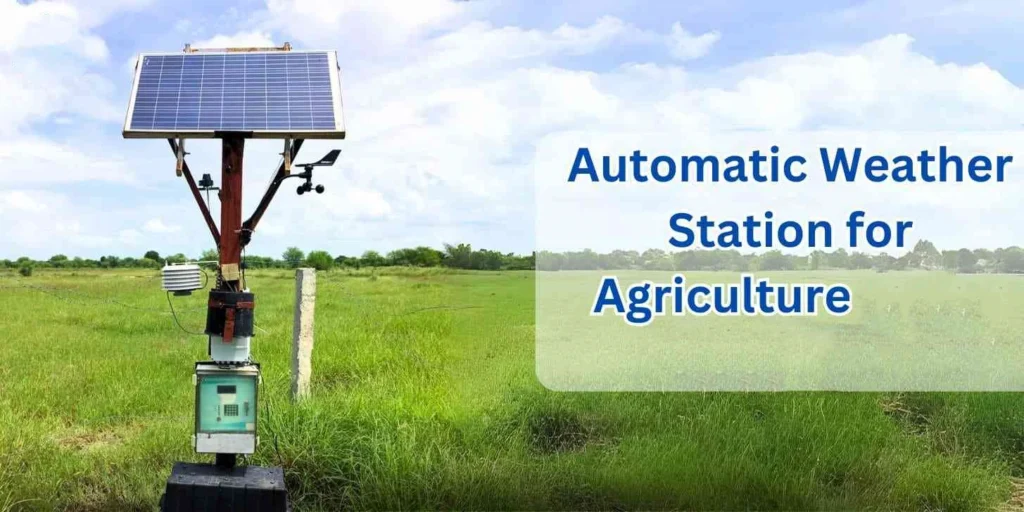
# Automated Weather Station: Enhancing Meteorological Data Collection and Analysis
## Introduction to Automated Weather Stations
Automated Weather Stations (AWS) have revolutionized the way meteorological data is collected and analyzed. These advanced systems are designed to automatically gather and transmit weather data, providing accurate and timely information for various applications. From agriculture to aviation, AWS plays a crucial role in enhancing our understanding of weather patterns and improving decision-making processes.
## Key Components of an Automated Weather Station
An AWS typically consists of several key components that work together to collect and process weather data:
– Sensors: These devices measure various meteorological parameters such as temperature, humidity, wind speed, and precipitation.
– Data Logger: The data logger records the information collected by the sensors and stores it for further analysis.
– Communication System: This system transmits the collected data to a central database or directly to users.
– Power Supply: AWS units are often equipped with solar panels or batteries to ensure continuous operation.
## Benefits of Using Automated Weather Stations
The implementation of AWS offers numerous advantages:
– Accuracy: Automated systems reduce human error, providing more reliable data.
– Real-Time Data: AWS can transmit data in real-time, allowing for immediate analysis and response.
– Cost-Effectiveness: Over time, AWS can be more cost-effective than manual weather stations due to reduced labor costs.
– Scalability: AWS can be easily scaled to cover larger areas or to include additional sensors.
## Applications of Automated Weather Stations
AWS technology is utilized in a wide range of sectors:
– Agriculture: Farmers use AWS data to optimize irrigation, planting, and harvesting schedules.
– Aviation: Airports rely on AWS for accurate weather forecasts to ensure safe takeoffs and landings.
– Disaster Management: AWS helps in predicting and monitoring natural disasters like hurricanes and floods.
– Research: Scientists use AWS data to study climate change and weather patterns.
## Challenges and Future Directions
Despite their advantages, AWS face certain challenges:
– Maintenance: Regular maintenance is required to ensure the accuracy and reliability of the sensors.
– Data Management: Handling and analyzing large volumes of data can be complex.
– Technological Advancements: Continuous innovation is needed to improve sensor accuracy and data transmission methods.
Looking ahead, the future of AWS lies in integrating advanced technologies such as artificial intelligence and machine learning to enhance data analysis and predictive capabilities. Additionally, the development of more robust and energy-efficient sensors will further improve the performance of AWS.
## Conclusion
Automated Weather Stations have become indispensable tools in modern meteorology. By providing accurate, real-time data, AWS enhances our ability to understand and respond to weather-related challenges. As technology continues to evolve, the potential applications and benefits of AWS will only grow, making them a cornerstone of meteorological research and operational weather forecasting.
Keyword: automated weather station
